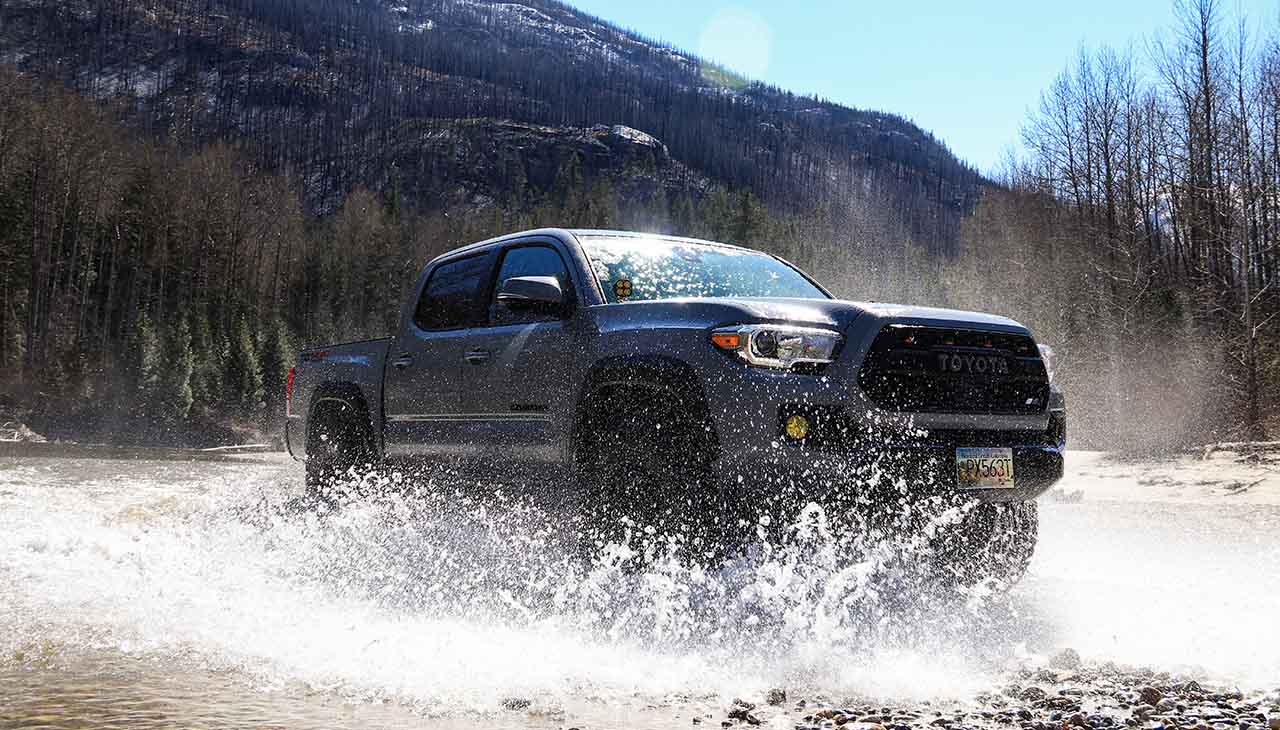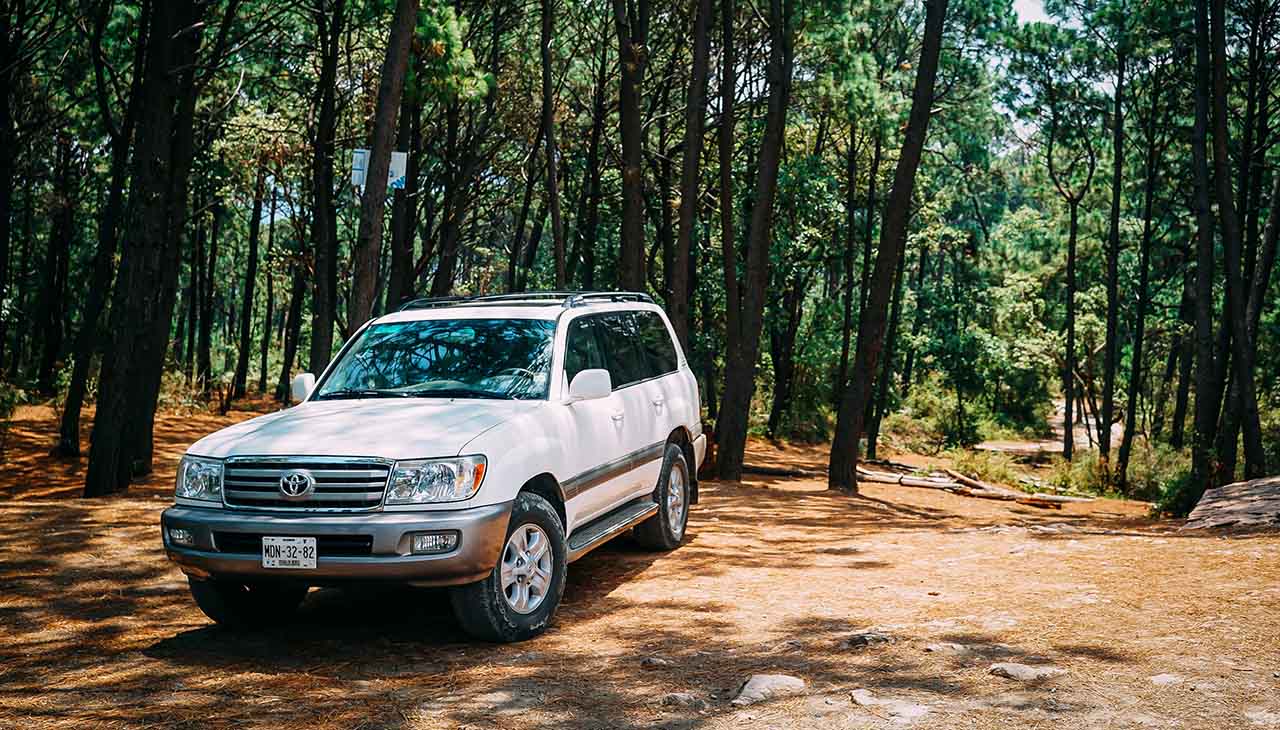
Toyota 4Runner Adventures: Tips for Off-Road Enthusiasts
Venturing into the wilderness with a Toyota 4Runner can turn any weekend into an extraordinary adventure. Built for durability and performance, the 4Runner is a true companion for off-road enthusiasts seeking to conquer rugged landscapes and explore the vast unknown. With its powerful engine, versatile features, and robust construction, it promises to navigate through the most challenging terrains with ease. In this guide, we’ll share essential tips and strategies to maximize your 4Runner’s potential and ensure your off-roading experience is both thrilling and safe. Buckle up and prepare to elevate your adventures to the next level with the legendary Toyota 4Runner.
Preparing Your 4Runner
Before heading out into untamed territory, a thorough check of your 4Runner’s tires is crucial. Ensure the tire pressure matches the recommendations for off-road travel, as proper inflation provides optimal traction and can help avoid punctures. Tire tread depth also deserves attention; ideally, they should have more than 5/32-inch of tread depth for safe off-road handling.
Inspecting the suspension and undercarriage is the next step. Look for any signs of wear or damage that could compromise your vehicle’s ability to absorb the jolts and jostles of off-road driving. This is also an opportune time to consider adding off-road accessories that can protect your vehicle and enhance its capability. Skid plates are a wise investment to safeguard vital undercarriage components, while recovery gear, including traction mats, tow straps, and a winch, can be invaluable if you find yourself in a tricky situation. With these checks and enhancements, your 4Runner will be poised to tackle the rugged off-road environment confidently.
Understanding Terrain and Conditions
Tips for Handling Different Types of Off-Road Terrain
Off-roading in a Toyota 4Runner often brings a variety of terrain under its wheels. Each one demands different handling techniques and precautions. When dealing with mud, momentum is key. Maintain a steady pace to avoid getting stuck, and use your 4Runner’s 4WD to its full advantage. If the mud is deep, it’s essential to keep the wheels straight and avoid sudden turns that can lead to a loss of control.
When you transition to sand, air down your tires to increase their footprint, which improves traction. Smooth and gentle steering inputs help prevent the wheels from digging in. The 4Runner’s high ground clearance is an asset in sandy conditions, as it reduces the likelihood of the undercarriage getting caught.
Navigating rocky terrain requires low speeds and high torque. Use the lower gears in your 4Runner to crawl over rocks carefully. Always keep an eye out for the path that offers the most stable footing and the least potential for tire damage.
Precautions for Driving in Various Weather Conditions
Weather greatly influences off-road dynamics, requiring vigilance and adaptability. In rainy conditions, mud will become slicker and vision impaired. Drive at reduced speeds and ensure your windshield wipers and defoggers are in working order to maintain visibility. Adapt your driving to the decreased traction by avoiding sharp turns and heavy braking.
In snowy conditions, the key is to preserve momentum without spinning the tires. Carry chains to improve traction and consider wider tires that can distribute the 4Runner’s weight more effectively over the soft surface.
Extreme heat can push your 4Runner to its limits. Ensure your vehicle’s fluids, especially coolant and oil, are at proper levels to prevent overheating. Also, always carry an adequate water supply to stay hydrated and for vehicle emergencies.
By understanding and respecting the diverse challenges each type of terrain and weather condition presents, you can enjoy off-roading adventures safely and confidently.
Off-Roading Techniques
Proper Use of 4WD and Differential Locks
The proper use of your 4Runner’s 4WD system and differential locks is vital for maintaining traction and stability in challenging off-road scenarios. Engage the 4WD in any situation where additional traction is required, such as on loose gravel, during mud traversals, or when climbing steep inclines. Differential locks, or ‘diff locks,’ should be used selectively. When activated, they force both wheels on an axle to rotate at the same speed, improving traction in low-grip conditions. However, because they inhibit wheel spin differentially, they should be disengaged on stable ground to prevent drivetrain damage.
Approaching Obstacles and Inclines
Carefully evaluate obstacles and inclines before attempting to traverse them. Approach them head-on where possible, ensuring that all tires hit the obstacle at the same time for maximum stability. When climbing, use a low gear to take advantage of the 4Runner’s torque, keeping a steady throttle to maintain a controlled ascent. Always be aware of your vehicle’s approach, breakover, and departure angles to prevent getting high-centered or damaging the undercarriage.
Descending Steep Grades Safely
Descending steep grades requires a slow and deliberate approach. Shift into a low gear to leverage the engine braking and maintain control without relying solely on the brakes, which can lead to sliding. Keep your vehicle straight and avoid sudden changes in direction or speed. When in doubt, use the ‘crawl control’ feature if your 4Runner is equipped with it. This feature automatically modulates the throttle and brakes to maintain a set speed during descents, allowing you to focus on steering.
Safety and Etiquette
The Importance of Traveling in Groups
Venturing into the wilderness with your 4Runner is not just about embracing the rugged lifestyle; it’s also about prioritizing safety. Traveling in groups is highly recommended, as it ensures that assistance is available in case of vehicle breakdowns or emergencies. A convoy allows for shared resources and knowledge, and a collective response to any challenging situation that may arise. Moreover, experiencing the thrill of off-roading with companions enhances the overall enjoyment and creates lasting memories.
Adherence to Leave No Trace Principles
As off-roaders, it is our responsibility to preserve the natural environment we enjoy. Adhering to the Leave No Trace principles is crucial. These guidelines encourage minimum impact practices for anyone visiting the outdoors. Simple actions like staying on designated trails, packing out all trash, and respecting wildlife habitats contribute significantly to the conservation of these areas. By following these principles, off-roaders ensure that these beautiful terrains remain unspoiled for future adventurers.
Emergency Preparedness and Effective Communication
Preparing for emergencies is an integral part of off-roading. Before embarking on any off-road adventure, it’s essential to have a well-thought-out emergency plan. This includes carrying a first aid kit, tools for vehicle repair, extra food and water, and means for creating shelter. Effective communication tools — like a satellite phone, two-way radio, or a GPS messenger — are essential in remote areas where cell service is unreliable. Informing someone of your travel plans and expected return is also prudent for safety. By being prepared and maintaining communication, off-roaders can ensure a swift response in case of an emergency, safeguarding the well-being of everyone in the group.


